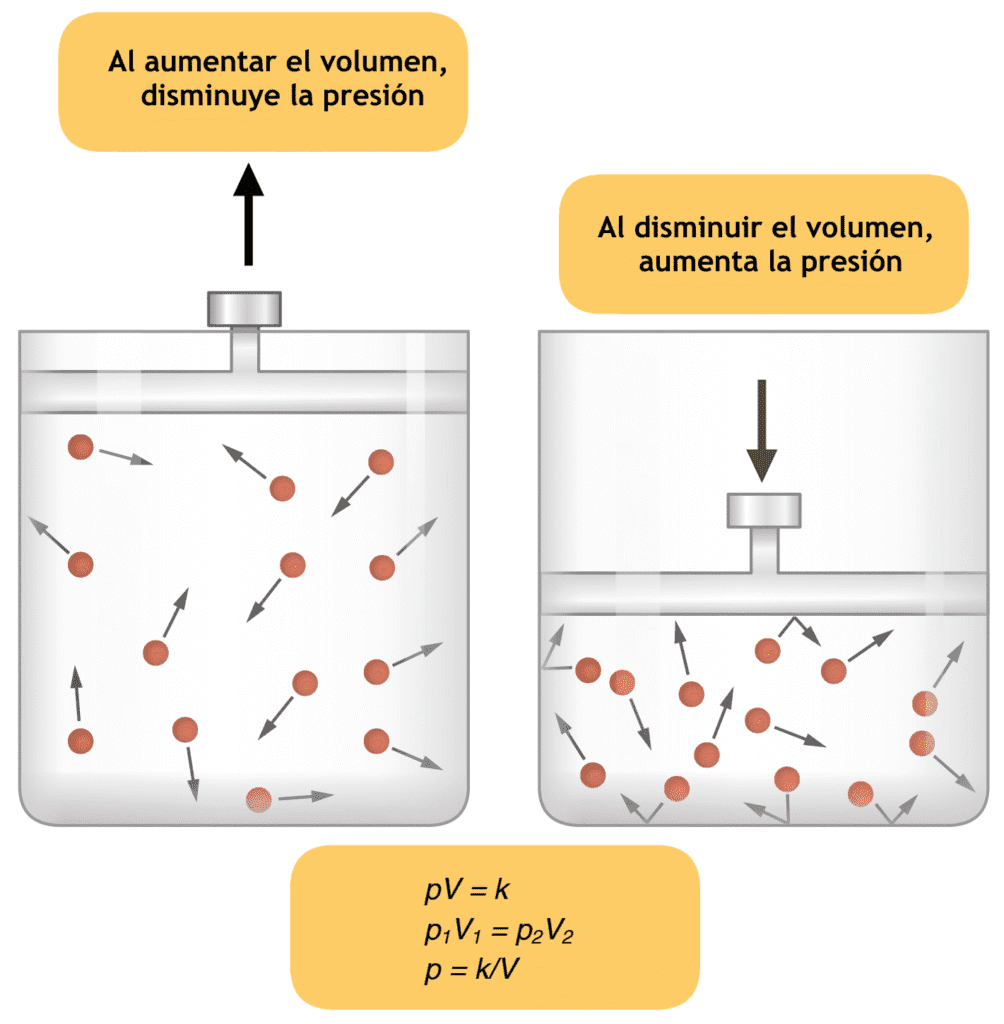
Introduction to Long-Term Venous Access
Long-term venous access is a vital component of modern medical treatment, allowing healthcare providers to administer therapies over extended periods. This method is particularly significant in scenarios requiring frequent or continuous access to the bloodstream, such as chemotherapy for cancer patients, dialysis for those with kidney dysfunction, and long-term antibiotic therapy for severe infections. Patients with chronic illnesses often need sustained venous access to receive the necessary treatment without frequent needle sticks or complications associated with peripheral venous access.
Central venous access devices (CVADs) are commonly used for this purpose, as they provide a reliable entry point to the venous system. The most widely used devices include central lines, implanted ports, and peripherally inserted central catheters (PICC lines). Each type of device offers unique advantages depending on the duration of therapy and the patient’s specific medical needs. Central lines are often chosen for their capacity to remain in place for weeks, making them ideal for patients undergoing intensive treatments like chemotherapy. On the other hand, ports are typically used for patients who require occasional access, as they are less visible and can be accessed when needed.
PICC lines offer a peripheral entry point but can be advanced into larger veins, making them suitable for an extended duration. All these devices aim to enhance patient comfort while ensuring effective administration of treatment. Understanding the implications of long-term venous access can significantly impact treatment outcomes and patient experiences. The subsequent sections will delve into various calculation methods and tools crucial for managing these devices effectively, ensuring optimal care and minimizing complications.
Key Calculation Methods for Venous Access
The process of achieving long-term venous access necessitates precise calculations tailored to meet each patient’s specific clinical needs. Various factors such as body size, vein anatomy, and medical indications significantly influence the choice of venous access devices. Healthcare professionals employ a range of calculation methods to ensure that these devices function effectively and safely.
One of the fundamental calculations involves determining the appropriate catheter length. This length can be estimated using the formula that considers the distance from the insertion site to the desired tip location within the venous system. Factors such as the patient’s height and torso dimensions guide the adjustments made to this standard length formula, allowing for a more individualized approach.
Furthermore, the size of the catheter lumen is another critical calculation. Selecting the appropriate lumen size is vital for optimizing flow rates and ensuring that the device can accommodate the required medication or fluid infusions. Healthcare professionals often utilize the Hagen-Poiseuille equation, which helps in calculating flow rates through a cylindrical vessel, thereby allowing for better decision-making regarding catheter size based on specific patient needs.
In addition to the calculations for catheter length and lumen size, clinicians must also consider the desired flow rates for infusions. This is crucial for ensuring that patients receive their treatments in a timely manner. Flow rate calculations take into account various factors including the viscosity of the fluid, the length of the catheter, and the pressure gradient driving the flow. This multifaceted approach is essential for developing a suitable plan for venous access that aligns with the patient’s treatment regime.
Overall, integrating these key calculation methods into the decision-making process underscores the importance of personalized care in achieving optimal long-term venous access outcomes. Tailoring these calculations to the individual characteristics of each patient not only enhances safety but also maximizes the efficacy of their treatment plan.
Tools and Technologies for Venous Access Calculation
In the modern healthcare landscape, the complexity of determining long-term venous access placement necessitates the use of advanced tools and technologies that streamline the decision-making process for healthcare providers. Various software applications, mobile apps, and calculators have been developed specifically to aid medical professionals in calculating optimal venous access sites. These tools not only assist in technical calculations but also facilitate discussions with patients about their options.
One of the most notable advancements is the emergence of clinical decision-support systems. These software solutions utilize algorithms to analyze patient data, which may include anatomy, medical history, and specific treatment needs. By integrating evidence-based guidelines, these systems can provide recommendations that are tailored to each patient, enhancing both accuracy and safety in long-term venous access placement.
Mobile applications designed for quick access to venous access calculators are also gaining traction. These applications have user-friendly interfaces that allow healthcare professionals to perform calculations on-the-go, which can be particularly beneficial in fast-paced clinical environments. Many of these apps incorporate features such as procedural simulations and educational resources, which help reinforce the skills necessary for effective venous access placement.
Despite their advantages, these tools and technologies are not without limitations. Factors such as the variability in patient anatomy and clinical conditions may not always be captured accurately by pre-built algorithms, leading to potential oversights. Moreover, while these tools can enhance decision-making, they should complement, rather than replace, the clinician’s judgment and experience.
The integration of advanced calculation tools into clinical practice can significantly improve the process of determining long-term venous access. When used judiciously, they offer a comprehensive approach that encompasses both technological assistance and expert clinical knowledge, ultimately benefiting patient outcomes.
Patient Considerations and FAQs
When it comes to long-term venous access, patients often have numerous concerns and questions regarding the procedures and calculations involved in their care. Understanding the implications of these calculations is essential for ensuring patient safety and comfort. For example, healthcare providers may calculate the appropriate size of the access device based on the patient’s vein dimensions, medical history, and treatment plan. These calculations play a crucial role in determining the lifespan and efficiency of venous access, which in turn affects the frequency of maintenance and potential complications.
Patients frequently inquire about the expected duration that a venous access device might remain in place. The longevity of these devices varies depending on several factors, including the type of device, the patient’s overall health, and adherence to maintenance protocols. Regular assessments and clear calculation methods can help predict how long a device may be effective, giving patients a better understanding of what to expect during their treatment journey.
Additionally, common questions arise regarding the risks associated with long-term venous access. Potential complications, such as infection, thrombosis, and device malfunction, are concerns that both patients and healthcare providers must address through diligent monitoring and preventive measures. Effective communication between patients and healthcare providers is paramount. Clear explanations of risks and the importance of regular follow-ups can empower patients to actively participate in their care and improve overall outcomes.
As part of their treatment, patients should feel comfortable discussing their questions and concerns with their healthcare team. By openly addressing these topics, patients can foster a better understanding of the calculations and decisions guiding their treatment, ensuring that they are well-informed and supported throughout their care process.

